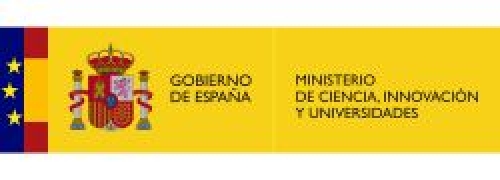
A few days ago, the Human Cell Atlas (HCA) achieved one of the most significant breakthroughs in its history, with the release of a collection of 40 papers in Nature and other Nature Portfolio journals. The international consortium, founded in 2016, has taken another step towards its ambitious goal: creating the first cellular map of the human body. This bold objective, considering the human body consists of 37 trillion cells, has already gathered more than 3,600 members from over 100 countries worldwide. In Spain, a key contributor to the HCA is the Centro Nacional de Análisis Genómico (CNAG), playing a key role in generating shared knowledge in single-cell analysis and tools, as well as contributing to the development of cellular maps for specific organs.

Dr. Holger Heyn, leader of CNAG’s Single Cell Genomics Group, serves as co-chair of the Standards and Technology Working Group (STWG). This group ensures the rigorous technical standards necessary for data consistency and accessibility, enabling researchers worldwide to derive meaningful insights. The latest contributions in this field focus on optimizing single-cell technologies, with thorough evaluations of methods such as single-cell RNA sequencing (scRNA-seq) and single-cell ATAC sequencing (scATAC-seq), which have set benchmarks for data quality in large-scale initiatives. In addition, CNAG has contributed to the development of innovative analysis tools, such as a computational tool named BigScale, designed to process and interpret millions of single cells simultaneously, and SPOTlight, facilitating the integration of single-cell with spatial genomics information.
Beyond these meaningful contributions, CNAG has also led other atlas projects, such as a new meta-atlas tha uncovers the behaviour and interaction of immune cells in host organs and the Cell Atlas of the Human Tonsil. This research, published at the beginning of 2024, offers new perspectives on how immune cells function and interact, providing valuable insights into diseases such as leukemia and other immune-related conditions.
In words of Holger Heyn: “Working with the partners of the HCA project has been an incredible experience over the past decade. After initially ensuring that the technology was ready to generate high-quality data at scale, many HCA organ bionetworks have now completed the first versions of their atlases. We are proud to have contributed to the Immune, Pancreas, and Kidney Atlas projects. Looking ahead, we are now incorporating spatial genomics technology to further advance atlas-building efforts, creating two- and three-dimensional cellular maps.”.
Laying the groundwork for healthcare and personalised medicine
So far, the Human Cell Atlas (HCA) has made remarkable strides in capturing the immense complexity of the human body. With over 100 million cells from 10,000 individuals already profiled, the consortium organises this data into 18 specialised networks, each focusing on a specific tissue, organ, or system. This massive effort is focused on uncovering which genes are active in each type of cell, revealing how they function and interact within tissues. These detailed insights into cellular behavior are essential for improving our understanding of human health and laying the groundwork for innovations in medicine, from personalised treatments to novel drug development.
In this latest chapter, the Human Cell Atlas (HCA) has unveiled a broad array of groundbreaking findings, ranging from insights into the development of the placenta and skeleton to changes during brain maturation, the discovery of new cell states in the gut and vasculature, lung responses to COVID-19, and the influence of genetic variation on diseases. The consortium has now amassed over 440 publications to date, with many more to come. As Professor Sarah Teichmann, founding co-chair of the HCA, aptly describes it, this work is akin to creating "a Google Maps of cellular biology."











